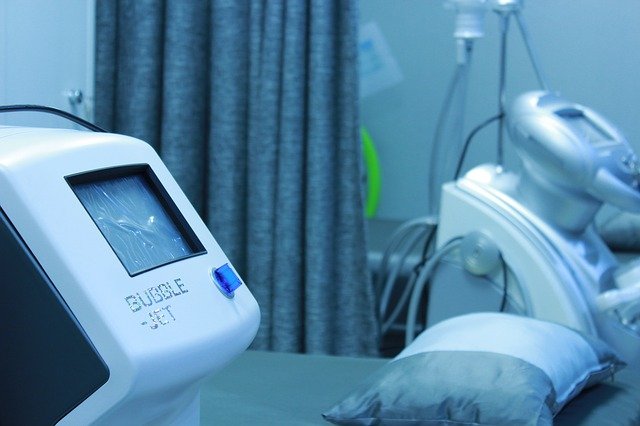Abstract
Despite large investments in drug development, the overall success rate of drugs during clinical development remains low. One prominent explanation is flawed preclinical research, in which the use and outcome of animal models is pivotal to bridge the translational gap to the clinic.
Therefore, the selection of a validated and predictive animal model is essential to address the clinical question. In this review, the current challenges and limitations of animal models are discussed, with a focus on the fit-for-purpose validation.
Moreover, guidance is provided on the selection, design and conduct of an animal model, including the recommendation of assessing both efficacy and safety endpoints. In order to improve the clinical translation, the use of humanized mouse models and preclinical applications of clinical features are discussed. On top, the translational value of animal models could be further enhanced when combined with emerging alternative translational approaches.
Focal points
Bedside
Animal models are essential for translation of drug findings from bench to bedside. Hence, critical evaluation of the face and predictive validity of these models is important. Reversely, clinical bedside findings that were not predicted by animal testing should be back translated and used to refine the animal models.
Benchside
Proper design, execution and reporting of animal model results help to make preclinical data more reproducible and translatable to the clinic.
Industry
Design of an animal model strategy is part of the translational plan rather than (a) single experiment(s). Data from animal models are essential in predicting the clinical outcome for a specific drug in development.
Community
Review, standardization and refinement of animal models by disease expert groups helps to improve rigor of animal model testing. It is important that the applied animal models are validated fit-for-purpose according to stringent criteria and reproducible.
Governments
As during drug development fit-for-purpose animal models are key for success in clinical translation, financial investments and support from the government to develop, optimize, validate and run such translation tools are important. Over time, this will be of benefit for patients and healthcare institutions.
Regulatory agencies
Preclinical testing of a drug in an animal model is not a prerequisite for regulatory agencies before entering clinical trials, but does unquestionably provide valuable data on the expected clinical performance of the drug. Hence, testing in animal models is largely recommended from both a business and patient perspective. In addition, inclusion of safety parameters in animal models will help to build the required safety data package of drugs in development.








